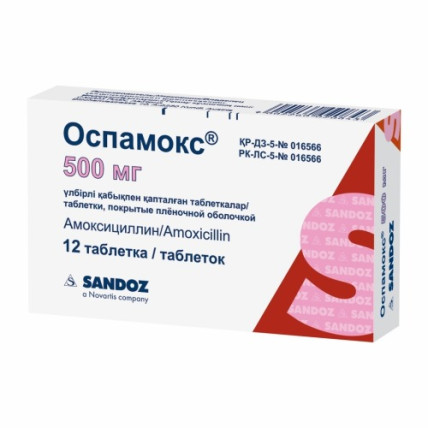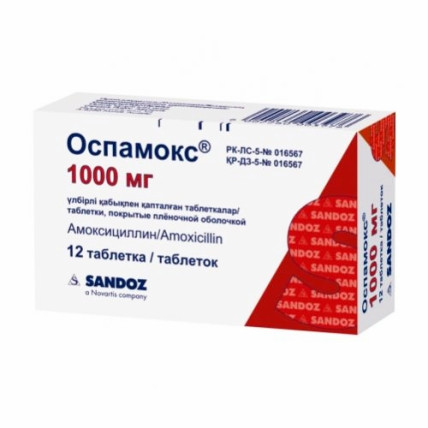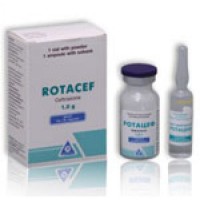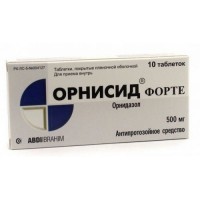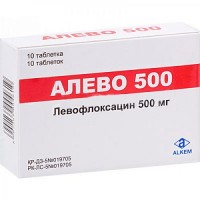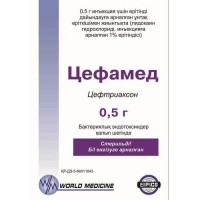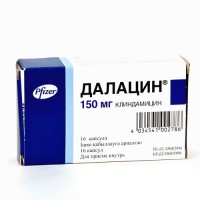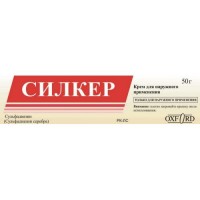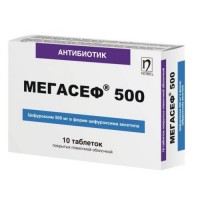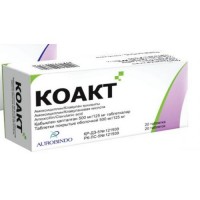Ospamox® (Amoxicillin) 500 / 1000 mg tablets
- $12.00
What Is Ospamox® (Amoxicillin) 500/1000 mg?
Ospamox® (Amoxicillin) is a widely used broad-spectrum antibiotic from the penicillin group, effective in treating bacterial infections caused by amoxicillin-sensitive microorganisms.
Available in 500 mg and 1000 mg film-coated tablets, this medication addresses a variety of infections affecting the respiratory system, urinary tract, and soft tissues.
Its proper use ensures effective treatment and minimizes antibiotic resistance risks.
Why choose Ospamox®?
It is trusted for its reliable efficacy against common infections and its role in preventing bacterial complications such as endocarditis. Moreover, it is integral in combination therapies to eradicate Helicobacter pylori, supporting ulcer treatment.
What Are the Uses of Ospamox®?
Which Conditions Does Ospamox® Treat?
- Respiratory infections: Acute otitis media, bacterial sinusitis, pneumonia.
- Urinary tract infections: Cystitis, pyelonephritis.
- Soft tissue infections: Dental abscesses, post-prosthetic complications.
- Other indications: Lyme disease, typhoid fever, and Helicobacter pylori eradication in combination with other therapies.
How Does Ospamox® Prevent Endocarditis?
Ospamox® is used as a preventive measure before certain surgeries or dental procedures to reduce the risk of bacterial endocarditis in high-risk individuals.
How Should You Take Ospamox®?
Dosage for Adults and Children Over 40 kg:
- Typical doses range from 250 mg to 1000 mg every 8-12 hours, depending on the infection's severity.
- For severe infections: Up to 2000 mg every 8 hours.
Dosage for Children Under 40 kg:
- Based on body weight (20–90 mg/kg/day).
- Split into 2-3 doses, depending on the infection's type and severity.
Special Adjustments:
- Kidney impairment: Requires dosage modifications based on kidney function.
- Elderly patients: No dosage adjustments are typically required unless kidney function is impaired.
Important: Swallow tablets whole with water. Food does not interfere with the medication’s absorption.
What Precautions Should Be Taken?
Allergic Reactions:
- Avoid if you are allergic to penicillin or beta-lactam antibiotics to prevent severe hypersensitivity reactions.
Specific Warnings:
- Not recommended for patients with infectious mononucleosis, as it may cause skin rashes.
- Close monitoring is needed in cases of kidney impairment or when using high doses.
Drug Interactions:
- Probenecid and allopurinol may increase side effects and should be avoided.
- Interactions with anticoagulants may require dose adjustments and closer monitoring.
What Are the Possible Side Effects?
Common Side Effects:
- Gastrointestinal symptoms: Nausea, diarrhea, and abdominal discomfort.
- Mild skin reactions: Rash or itching, often resolving after stopping the medication.
Serious Side Effects:
- Severe allergic reactions, such as anaphylaxis.
- Kidney issues: Crystals in urine, particularly with high doses.
- Neurological symptoms: Seizures in certain high-risk patients or those with kidney impairments.
Long-Term Use Risks:
Extended use may result in fungal infections or overgrowth of resistant bacteria.
How Should Ospamox® Be Stored?
Store Ospamox® in a cool, dry place at temperatures below 25°C (77°F).
Ensure it is kept out of reach of children and is not used after its expiration date.
Why Is Ospamox® Recommended?
Ospamox® provides reliable and effective treatment for a broad spectrum of bacterial infections.
When used as directed, it offers quick relief, prevents complications, and supports recovery.
Always follow your healthcare provider's instructions to ensure safe and effective use.
